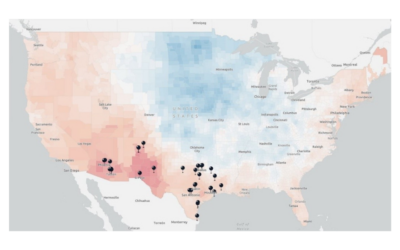All investments carry risk. The key to sustained success is identifying which risks are worth taking. Traditionally, feasibility research has been reserved for new projects—new facilities being developed from the ground up—as a means to minimize the inherent risk of an untested concept. But in recent years, organizations around our profession have taken to applying feasibility studies towards a much broader range of uses—not just entirely new facilities, but expansions to existing ones, or even to strategic (e.g., pricing) changes with potentially far-reaching impacts.
At Zoo Advisors, we understand the balance between mission and margin—the need to generate dollars must co-exist with the foundational integrity of an organization’s mission. To support our clients on both sides of the equation, we facilitate feasibility research across the full spectrum of needs—to study markets, operations, strategies, and capital projects—whether you’re embarking on a brand-new endeavor or revitalizing an existing one.
Read on to learn about our work with Magnetic Hill Zoo as they considered a major investment in a newly-expanded African habitat-area:
Click here to read the full case study.





